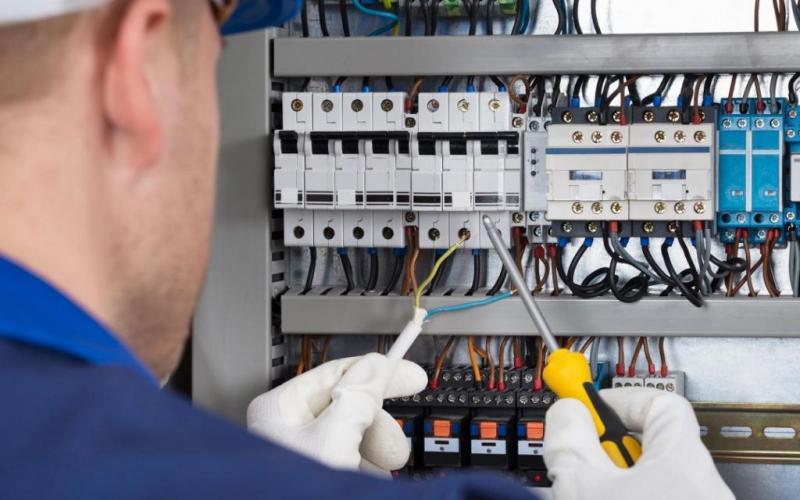What is it?
Capacitive sensor is widely used in the industry, due to its ability to accurately detect a variety of objects, including metals, non-metals, plastic, glass, wood, paper, oily or aqueous liquids, granules, or powders. It is also known as capacitive effect proximity detector sensor. The capacitive sensor can detect and measure small linear displacements, without the need for physical contact, at short distances, ranging from virtually zero up to three centimeters, achieving impressive nanometric resolutions.
Depending on the size and properties of the target object, sensor size and installation conditions, operating distances ranging from 1 mm to 50 mm can be achieved. Compared to traditional limit switches, the fact that the capacitive sensor does not require physical contact to function gives it greater durability, high switching speed and a higher level of reliability.

Operation principle
The operating principle of the capacitive sensor is based on detecting changes in capacitance, it works based on the principle of the variable dielectric field, which is generated by the oscillator together with the coil located at the end of the device. When an object penetrates this field, there is a dispersion in the field’s energy, affecting the amplitude of the signal coming from the oscillator. The trigger circuit, in turn, provides a logical response in the form of an output voltage when the signal becomes too low, indicating the presence of oscillation.

The sensor measures the resulting capacitance and compares it to a pre-defined threshold. If the measured capacitance exceeds this limit, the sensor interprets that an object is present in the detection area. This information is then processed and used to take action or provide a response as needed.
The capacitive sensor has a potentiometer that makes it possible to adjust the sensitivity, thus allowing the activation to be adjusted according to the necessary application.

Electrical characteristic
Alternating power sensors (127/220 AC) have only two wires, and are powered in sequence with the load.


2 Wire


While the three- and four-wire models have a separate power supply, to drive the load they use transistors in the amplifier circuit, which can be of the PNP or NPN type. With normally open (NO) or normally closed (NC) switching logic output.
- 1 Brown Positive Power Cable +24vc
- 3 Blue Cable Negative Power 0vdc
- 2 NC White Cable Normally closed Output Contact
- 4 NO Black Cable Normally Open Output Contact
3 Wire


4 Wire

Applications
- Powder and liquid volume control.
- Touch screen, cell phone screen.
- Counting bottles, full or empty, in a production line.
- Identify the position of the end of the route.
The capacitive sensor detects most materials, using sensitivity adjustment in a classic application, and can be used as a volume control. Bypassing the reservoir wall and detecting the material inside to be measured.

Final Observations
In short, the capacitive sensor works by detecting changes in the capacitance of the electric field generated by the electrode when an object is placed nearby.
We emphasize that there are several types of sensors, including inductive, ultrasonic, optical, among others. The capacitive sensor detects various types of materials, this does not mean that it will be used for everything. The type of sensor will be defined by the application used, each type of sensor stands out for the material to be detected and also the environment to be used.
Legal Notice
All information obtained on this website and related social media pages is for INFORMATIONAL purposes only. The Way Automation is NOT responsible for any damage or loss caused by the execution of actions related or not to the content described here. Always look for a qualified professional, follow the rules and use protective equipment for any work that involves electricity.

